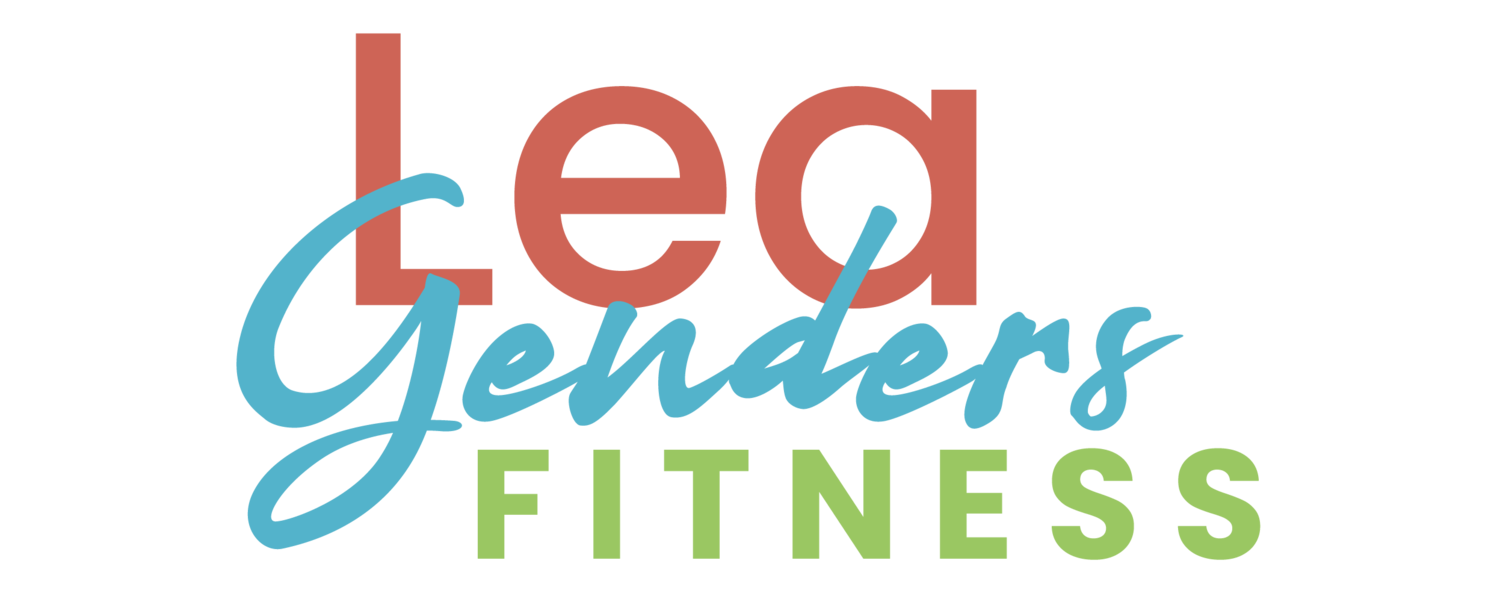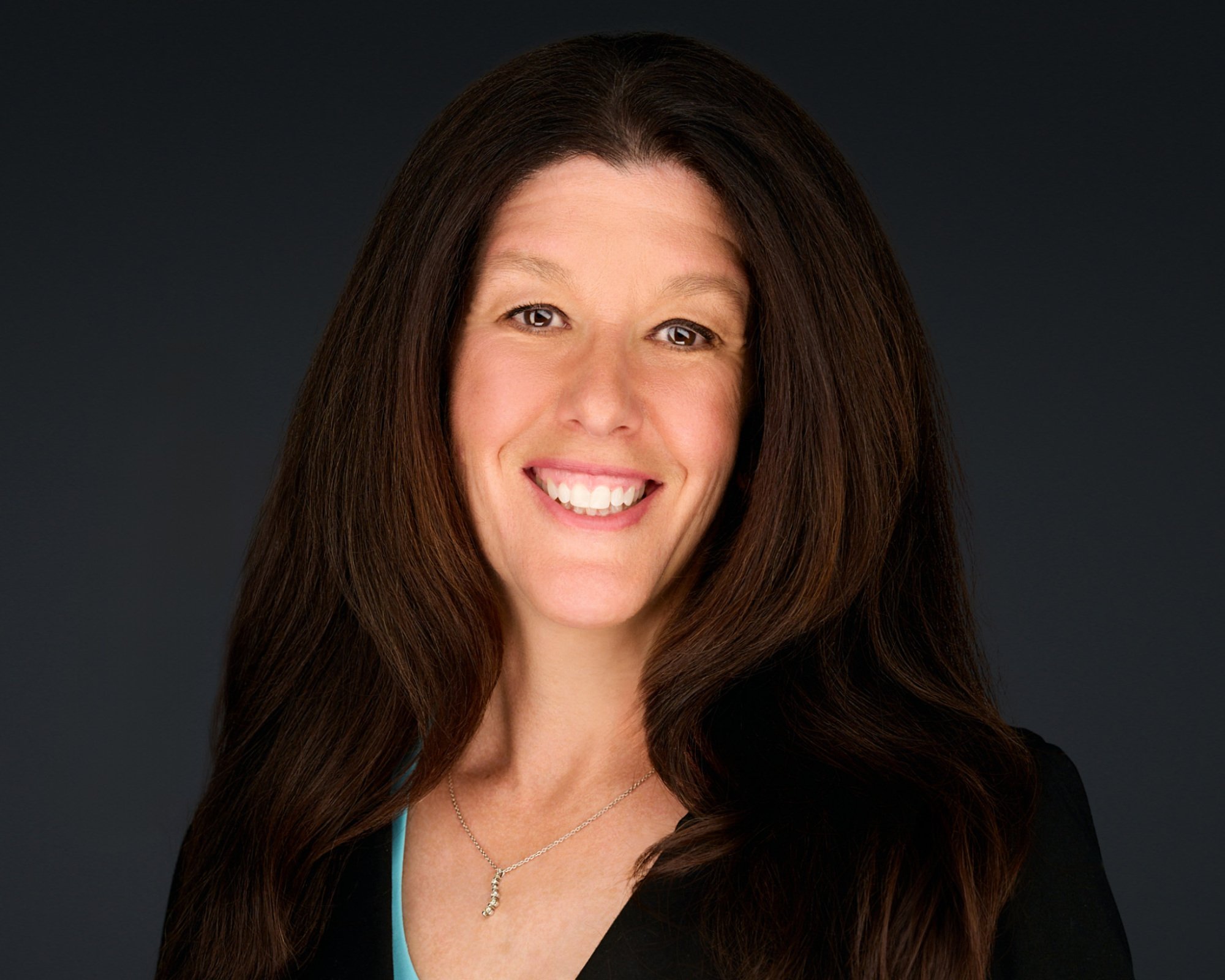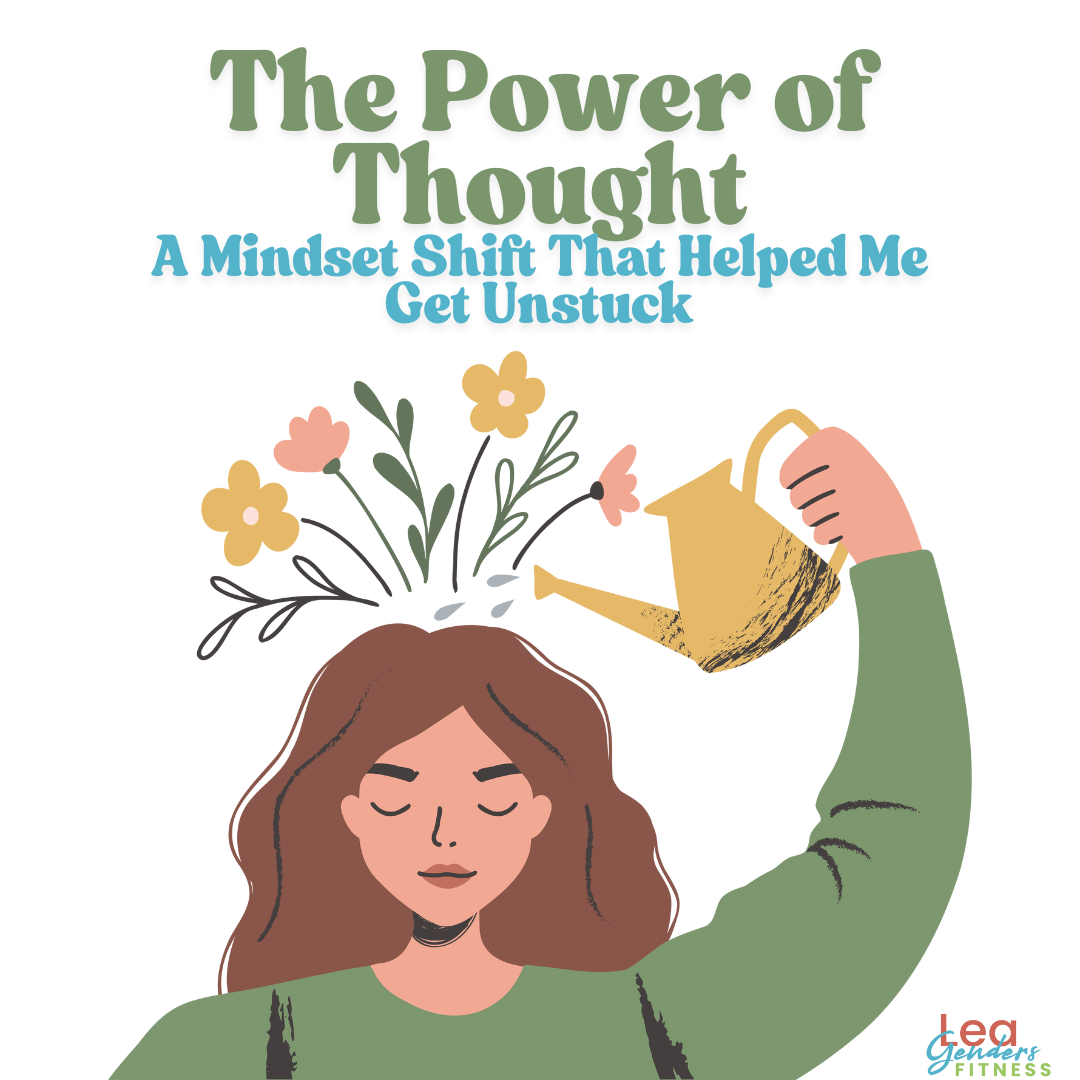People spend their lives looking for the next quick fix: a macro tracker, a new workout class, a habit app. I can speak on this because I’ve done it myself for years (learn about my yo-yo story here). But if you're burnt out, overwhelmed, and stretched too thin, piling more tasks on your to-do list isn't going to help.
More tracking won’t solve it when what your body is asking for is rest. More workouts won’t help if you’re already running on empty.
Wellness doesn’t work when it’s just a pile of tactics. What does work is stepping back and asking: What’s the bigger picture here?
Are You Treating the Symptom Instead of the Source?
If your energy is low, your sleep is inconsistent, you're running on caffeine, and your brain is foggy by mid-afternoon, a new step challenge, supplement, or ice bath probably isn’t the answer. What you need is to understand what’s actually draining you.
For a lot of people I coach, that root cause turns out to be something simple but overlooked:
Staying up late to get a moment of quiet and compromising their sleep
Constantly multitasking and never really coming down from “go” mode
Pushing through workouts, thinking that’s the only path to results
Choosing meals in a path-of-least-resistance kind of way, like grabbing takeout or dining out more than they’d like because there wasn’t time or energy to plan
Winding down with a glass or two of wine before bed
Not having had a sip of water that wasn’t part of coffee in three weeks
No food log, cardio session, or new morning routine will help long term if it isn’t part of a bigger plan that supports how you actually live. That kind of plan starts with clarity on how you want to feel, what supports that, and what makes sense in your current season.
If it’s not realistic, it’s not useful. It just creates more guilt and keeps you stuck in the cycle.
What a Strategic Wellness Plan Looks Like
A strategic wellness plan is built to support how you want to live. It works with your capacity, your preferences, and your reality without strict rules or complete overhauls.
Here’s how to start building one:
1. Start with a vision
Skip the generic goals. Ask yourself how you want to feel most days.
You might land on words like:
Calm and clear-headed
Strong and confident
Steady and energized throughout the day
That becomes your anchor. Without it, it’s easy to collect tools and tactics that don’t work together. With it, your decisions have direction.
You can ask: Is this choice supporting how I want to feel?
Write your vision down somewhere you’ll see it often, like a sticky note, your phone background, on your keyboard, or the fridge. Keep it in sight so it stays top of mind.
2. Look for what’s working
Before you pick apart what’s going wrong, notice what’s already going right.
When I ask clients what went well, I often hear:
“I only got one workout in…”
“I chose a protein meal, but then I had dessert.”
“I ran two mornings. I should’ve done more.”
Wins get filtered through guilt, as if they don’t count unless they’re perfect.
But they do count.
One workout is better than none. Choosing protein is a step in the right direction. Two morning runs followed by a few days of much-needed sleep still reflects progress.
Start there. Then ask:
What helped that happen?
Can I do more of that this week?
What’s one small way I could build on it?
The most optimized routine won’t work if it doesn’t fit your real life. When you focus on what is working instead of stressing over what isn’t possible, everything starts to shift.
Once you’ve found what’s working, you can take a look at what’s feeling hard.
3. Then look for friction points
Where do things keep falling apart?
What feels harder than it should?
If you’re skipping workouts because you’re exhausted, the fix might not be more motivation. It could be better sleep.
If you’re snacking late into the night, the answer might not be more willpower. It could be building a wind-down routine that doesn’t include food, or adding a meditation practice.
The right plan accounts for the hard stuff, it expects it.
Your habits need to work within the full picture of your life, not someone else’s version of “healthy.”
4. Choose a low-lift next step
Once you’ve identified what matters, pick one small thing to change. Not ten. One.
For example:
Add 30 grams of protein to your first meal of the day
Take a short walk outside during your lunch break
Put your phone in another room at night
Take three deep mindful breaths every time you pick up your phone (can you imagine how mindful you’ll be? ha)
Prep dinner so you’re not rushed after work.
These shifts might seem minor, but that’s exactly why they work. They fit. They’re doable. They don’t require a total life overhaul.
And if you ever catch yourself thinking “this isn’t enough,” remember that consistent small changes are what build real momentum. You could keep starting over every week, or start building with small changes now. Anything more than nothing is enough for right now.
5. Reflect and adjust regularly
Instead of rating your week as good or bad, ask:
What helped?
What got in the way?
What did I learn?
When clients say things like, “I’m learning that prepping meals on Sunday doesn’t work for me,” or “I’m noticing that scrolling at night leaves me restless,” that’s progress. That’s how you shape a plan that works for you.
Maybe you found that prepping two lunches is more doable than trying to batch-cook everything.
Maybe you learned that two workouts a week is what you can consistently show up for right now.
No need to judge it. Just use what you learned to shape what you try next.
If something didn’t go as planned, it doesn’t mean you failed. It just gave you more information. Use it to make next week a little better.
Strategic wellness evolves with you. That’s what makes it work.
Rethinking Willpower
Trying harder isn’t the answer if your current routine is already draining you.
Trying differently might mean adjusting your workouts so they support recovery instead of adding more stress.
It might mean stepping away from food rules and noticing what meals help you feel steady.
It might be as simple as setting a consistent meal rhythm instead of tracking everything.
When your habits feel doable, they’ll stick. And when they stick, you’ll start to feel better without the constant push.
You Don’t Need a Massive Overhaul
You need a clear reason, one small step, and space to reflect along the way. You’re also allowed to stop doing things that don’t serve you, even if they worked for someone else.
Wellness isn’t one-size-fits-all. It’s yours to shape.
If you’ve been feeling stuck, this is your sign to step back before you pile more on. Ask yourself:
What’s really behind the way I’ve been feeling?
What’s one small shift I could make this week that would help?
And if you’re unsure where to begin, I help clients figure this out all the time. You’re always welcome to reach out for support that starts with your life, not someone else’s checklist. No pressure. Just a real conversation about what wellness could look like for you.
Download my FREE July 2025 wellness calendar ! Each daily task is quick, intentional, and falls into one of three categories I focus on with my clients: move, nourish, and restore. Small actions, done consistently, can lead to real momentum. That’s what this calendar is all about.
Questions? I’d love to help.
Lea
Lea Genders is a board-certified health coach, personal trainer, and workplace wellness consultant based in Fort Worth, TX. She offers corporate wellness programs for employee health and productivity, as well as in-person and virtual training / coaching for individuals worldwide. Her blog shares expert guidance on strength training, running, and sustainable nutrition @fortworth_trainer











If you’ve built a career, led a team, or managed a full plate of responsibilities, then you already have what it takes to improve your health.
Time management, focus, adaptability, these are the same skills that help you stay consistent with your workouts, eat in a way that supports your energy, and take care of your body long term. You just have to apply what you already know in a new direction.
Your health supports your success.